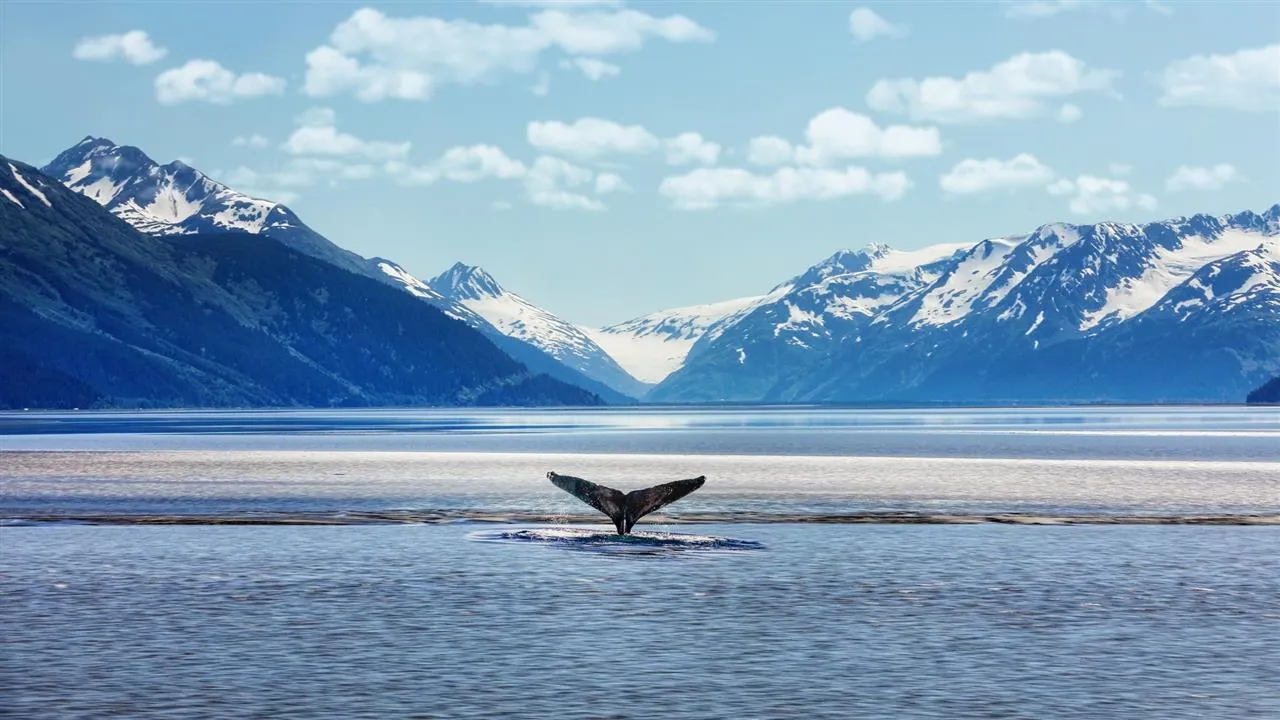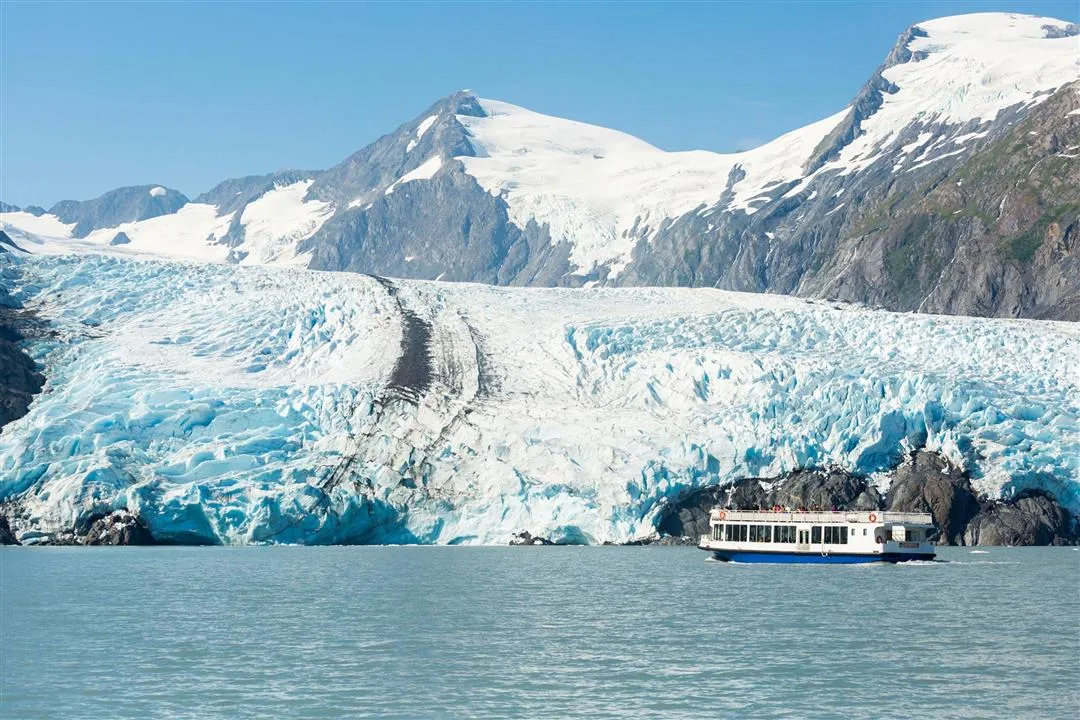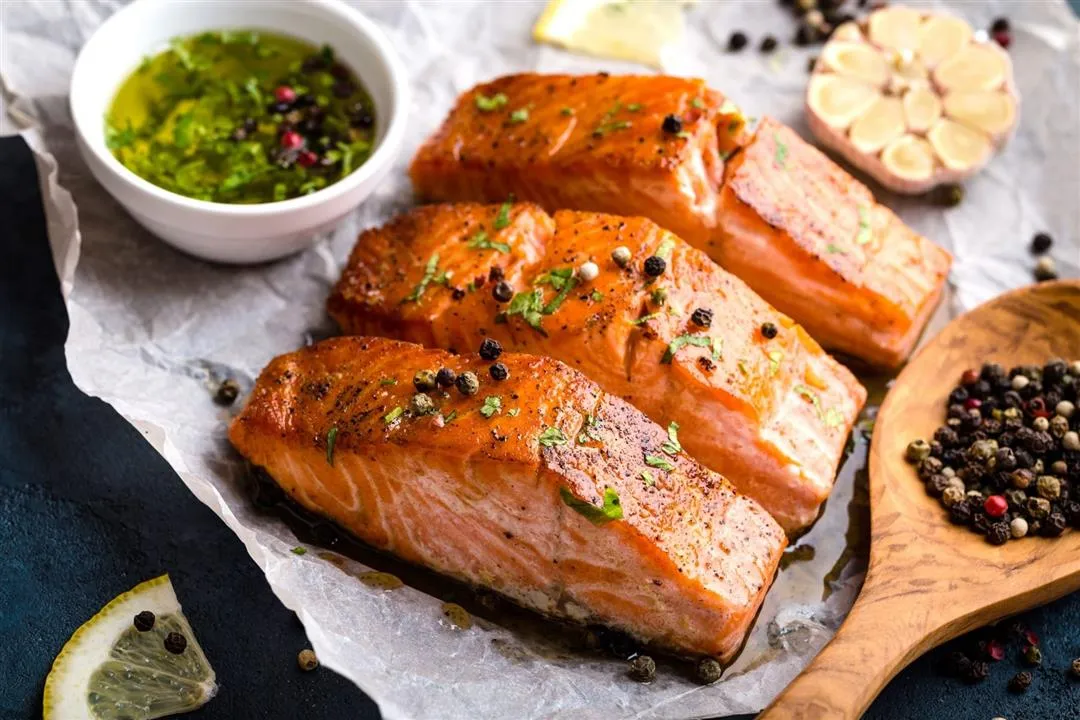Alaska, the land of majestic mountains, magnificent glaciers, and vast wilderness, has long been a dream destination for adventure and exploration enthusiasts. Beyond its untouched natural beauty, Alaska is also renowned for hunting, especially moose hunting – the iconic animal of this land. However, to experience moose hunting in Alaska legally and fully, you need to understand the regulations, prepare thoroughly, and have some experience. This article will provide you with a comprehensive guide to legal moose hunting in Alaska, from understanding the laws, preparing permits, choosing locations, to hunting skills and game meat preservation.
Understanding Moose Hunting Laws and Regulations in Alaska
Hunting in Alaska is strictly managed by the Alaska Department of Fish and Game (ADF&G). Compliance with laws and regulations is paramount to ensure your hunting trip is legal and successful.
Hunting Licenses and Tags
To legally hunt moose in Alaska, you are required to have a hunting license and a moose tag.
- Hunting License: Can be purchased online on the ADF&G website or at sporting goods stores and license vendors throughout the state. The license is valid for one calendar year (January 1st to December 31st).
- Moose Tag: This is a special permit that allows you to hunt one moose in a specific area and time. Moose tags are typically issued through a drawing system organized annually by ADF&G. Some areas may require registration permits or allow general hunts depending on annual and regional regulations.
Applying for a moose tag is often competitive, especially for areas with high moose density and good hunting quality. You need to carefully research hunting areas, drawing odds, and application deadlines to increase your chances of success.

Hunting Season and Hunting Areas
The moose hunting season in Alaska varies by region and hunting method (archery, rifle, shotgun). Typically, the rifle moose hunting season runs from September to November, while the archery season may start earlier, from August.
Alaska is divided into several Game Management Units (GMUs), each with its own regulations regarding hunting seasons, harvest quotas, and permitted tag types. You need to clearly identify the area you want to hunt and thoroughly research the specific regulations of that GMU on the ADF&G website or in the annual hunting regulations booklet.
Regulations on Weapons and Gear
Alaska law clearly specifies the types of weapons allowed for moose hunting, including rifles, shotguns, and bows. For rifles, the minimum caliber is usually .30-06 Springfield or equivalent. Bows must have a minimum draw weight as specified.
In addition to weapons, you need to prepare all the necessary equipment for your hunting trip, including:
- Appropriate clothing and footwear: Alaskan weather can be unpredictable, especially in the fall. Prepare warm, waterproof, breathable clothing and specialized hiking boots.
- Backpack and sleeping bag: If you plan to camp or hunt in remote areas, a quality backpack and sleeping bag are essential.
- Compass, GPS, and maps: To navigate and avoid getting lost in the vast Alaskan wilderness.
- Hunting knife, first-aid kit, and multi-tools: Always carry a sharp hunting knife, a personal first-aid kit, and multi-tools for handling emergencies.
- Binoculars and spotting scope: Help you spot and observe moose from a distance.
Planning Your Moose Hunting Trip
A successful moose hunting trip requires careful preparation and detailed planning.
Choosing the Right Time and Location
The best time for moose hunting in Alaska is usually in the fall, especially during the moose rut (mating season), which typically occurs in late September and early October. During this time, bull moose become aggressive and easily attracted to cow calls, making them easier to approach.
Regarding locations, Alaska has countless excellent moose hunting areas. Some popular areas include:
- Anchorage and Mat-Su Valley Area: Easily accessible, with many public hunting areas and hunting support services.
- Denali Highway Area: Stunning scenery, high moose density, suitable for hunting trips combined with tourism.
- Seward Peninsula Area: Famous for giant Yukon moose, but requires thorough preparation for transportation and equipment due to the rugged terrain.
- Backcountry Areas: If you want a truly wild hunting experience, consider remote areas accessible only by plane or boat. However, more experience and preparation are needed when hunting in these areas.

DIY Hunt or Guided Hunt?
You can choose to hunt moose DIY (Do-It-Yourself hunt) or go on a guided hunting tour.
- DIY Hunt: Cost-effective, freedom to explore and experience. However, it requires you to have hunting experience, survival skills, and the ability to manage yourself in the wilderness. You also need to prepare everything yourself, from permits, equipment, transportation, to the hunting plan.
- Guided Hunt: Convenient, safer, and has a higher success rate, especially for beginners or those without much hunting experience in Alaska. Guided hunting tour companies will take care of everything, from permits, accommodation, transportation, professional guides, to game processing. However, the cost of guided hunts is usually quite high.
Physical Fitness and Hunting Skills Preparation
Moose hunting in Alaska requires good physical fitness and proficient hunting skills. You need to train your physical fitness before the trip, especially endurance and long-distance walking ability. Practice shooting regularly to improve accuracy and familiarize yourself with your weapon.
Master basic hunting skills such as:
- Tracking and recognizing moose signs: Learn about moose tracks, droppings, feeding areas, and bedding areas to increase your chances of finding them.
- Stalking and approach techniques: Move quietly, stay silent, utilize terrain and vegetation to approach moose without being detected.
- Choosing a shooting position and aiming: Find a safe shooting position with a good view, determine the distance, and adjust your scope accordingly.
- Vital shot placement: Know the location of the moose’s heart and lungs to ensure a vital shot, taking down the animal quickly and humanely.
Moose Hunting Experience and Game Preservation
Once in the hunting grounds, always stay alert, observe your surroundings, and follow safety rules.
Finding and Approaching Moose
Use binoculars to observe areas where moose are likely to appear, such as riverbanks, lakes, meadows, or open forests. When you spot tracks or see a moose, approach it carefully, moving slowly and silently. Utilize terrain and trees for cover and to avoid being detected by the moose.
During the rut, you can use cow calls or rattle antlers to attract bull moose. However, use them skillfully and at the right time to avoid scaring the moose away.
Taking the Shot and Processing the Moose
Once you have approached the moose at a suitable distance, choose a safe shooting position with a good view. Aim carefully at the moose’s heart or lungs. After shooting, approach the animal cautiously to ensure it is deceased.
After taking down a moose, you need to take the following steps:
- Tag your permit: Immediately tag your moose hunting permit according to regulations.
- Check and identify sex and age: Determine the sex and estimate the age of the moose to ensure you have hunted the correct permitted target (e.g., some areas only allow hunting mature bull moose).
- Take photos: Capture memorable moments with your trophy.
- Butcher and preserve meat: Butcher the moose meat on-site or transport it back to camp for butchering. Moose meat needs to be cooled down quickly and preserved properly to prevent spoilage. You can salt, smoke, or freeze moose meat for long-term preservation.
- Transport your harvest: Comply with regulations regarding the transportation of meat and other moose parts (such as antlers) when leaving the hunting area.

Useful Tips and Advice
- Thoroughly research laws and regulations: Always update yourself on the latest hunting laws and regulations for the area you plan to hunt.
- Prepare good physical fitness: Moose hunting requires endurance and long-distance walking ability. Train before your trip.
- Practice shooting: Practice shooting regularly to improve your skills and accuracy.
- Hire a guide (if needed): If you are a beginner or have no hunting experience in Alaska, consider hiring a professional guide.
- Respect nature and wildlife: Hunt responsibly, adhere to ethical hunting principles, and conserve nature.
- Ensure safety: Always prioritize safety, follow safety rules when using weapons and moving in the wilderness.
- Enjoy the experience: Moose hunting is not just about harvesting a trophy, but also an opportunity to immerse yourself in the wilderness, challenge yourself, and enjoy memorable moments.
Conclusion
Legal moose hunting in Alaska is a unique and challenging experience, offering you the opportunity to explore the untouched natural beauty and experience a sense of self-conquest. By preparing thoroughly in terms of knowledge, skills, equipment, and complying with the law, you can have a successful and memorable hunting trip in the magnificent land of Alaska. Remember that hunting is not just a recreational activity but also a responsibility to conserve and maintain the balance of the ecosystem. Wishing you a safe, successful, and memorable moose hunting trip in Alaska!